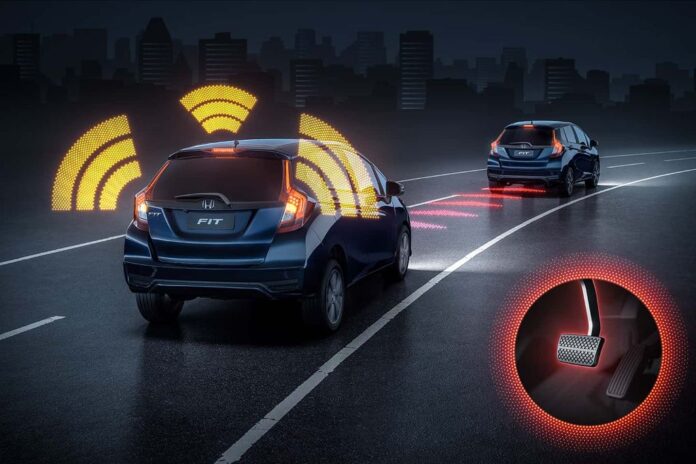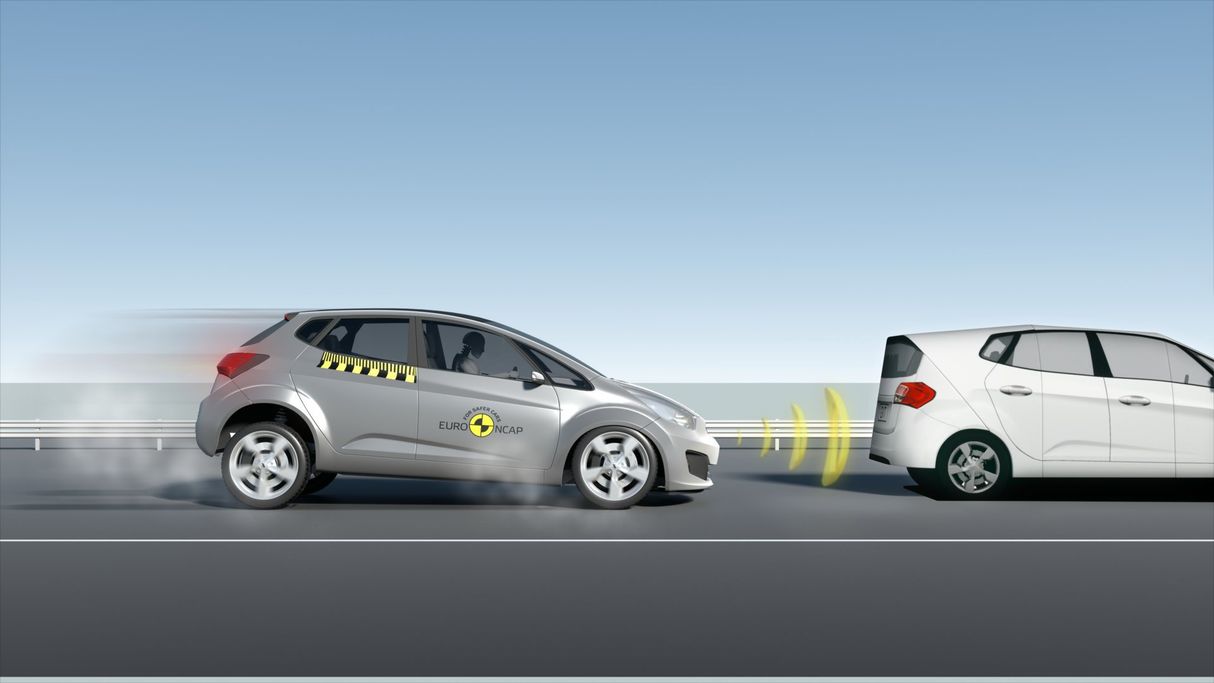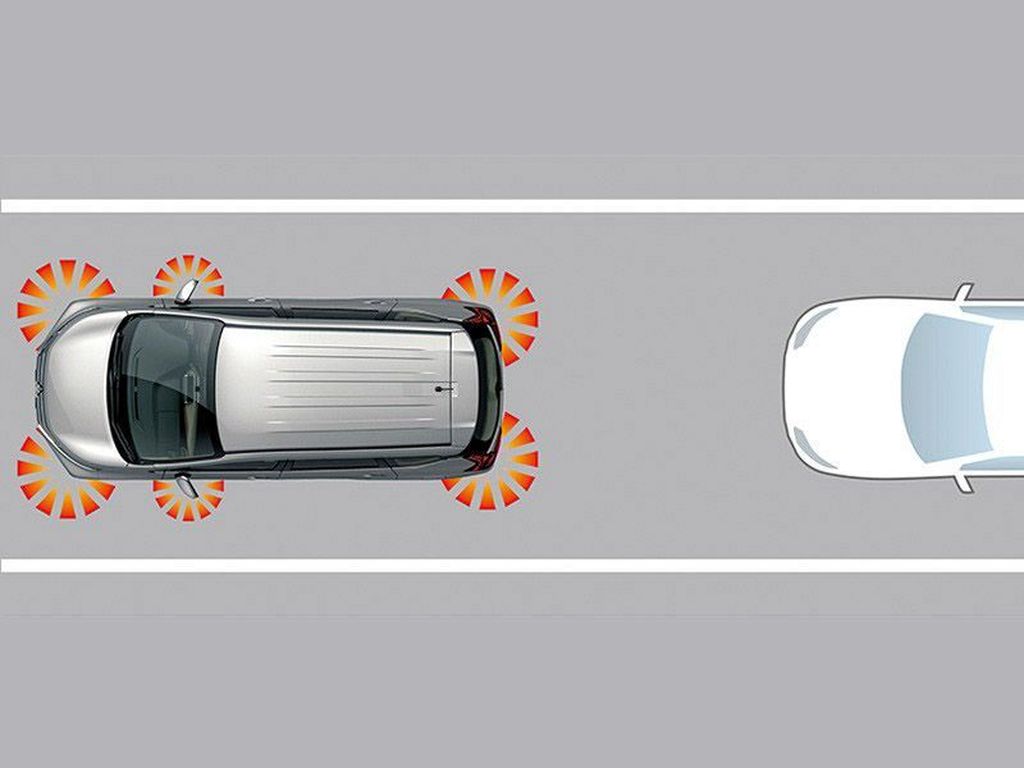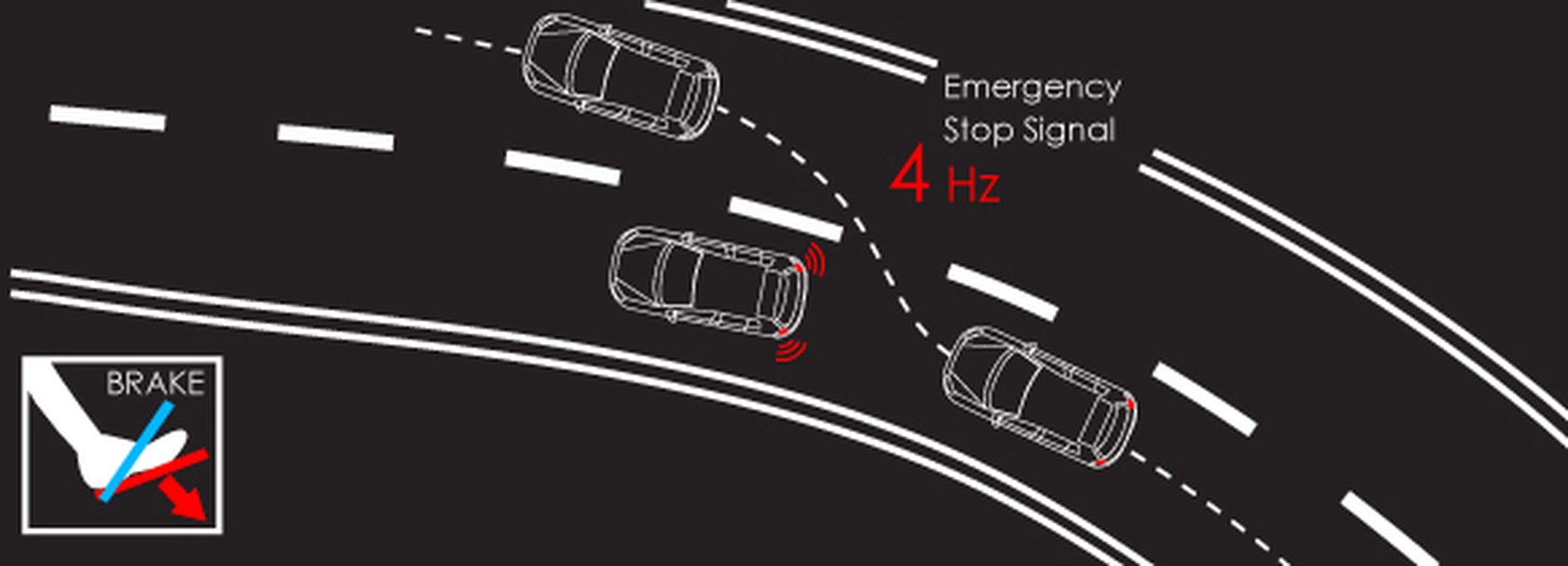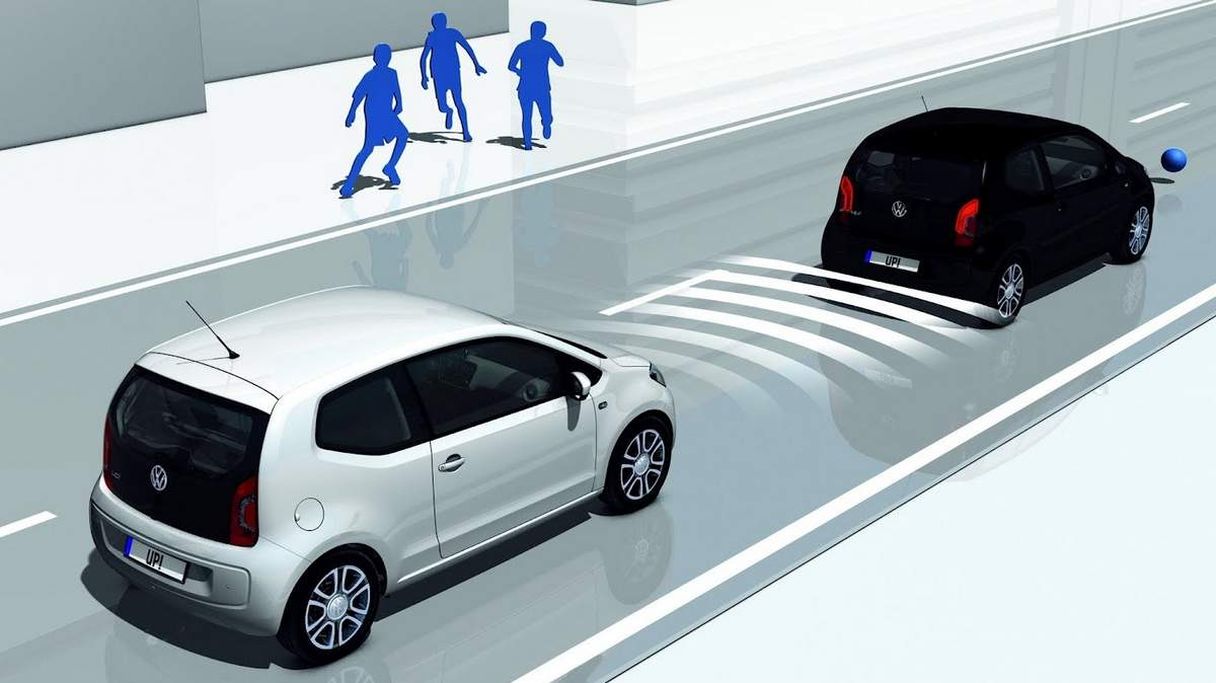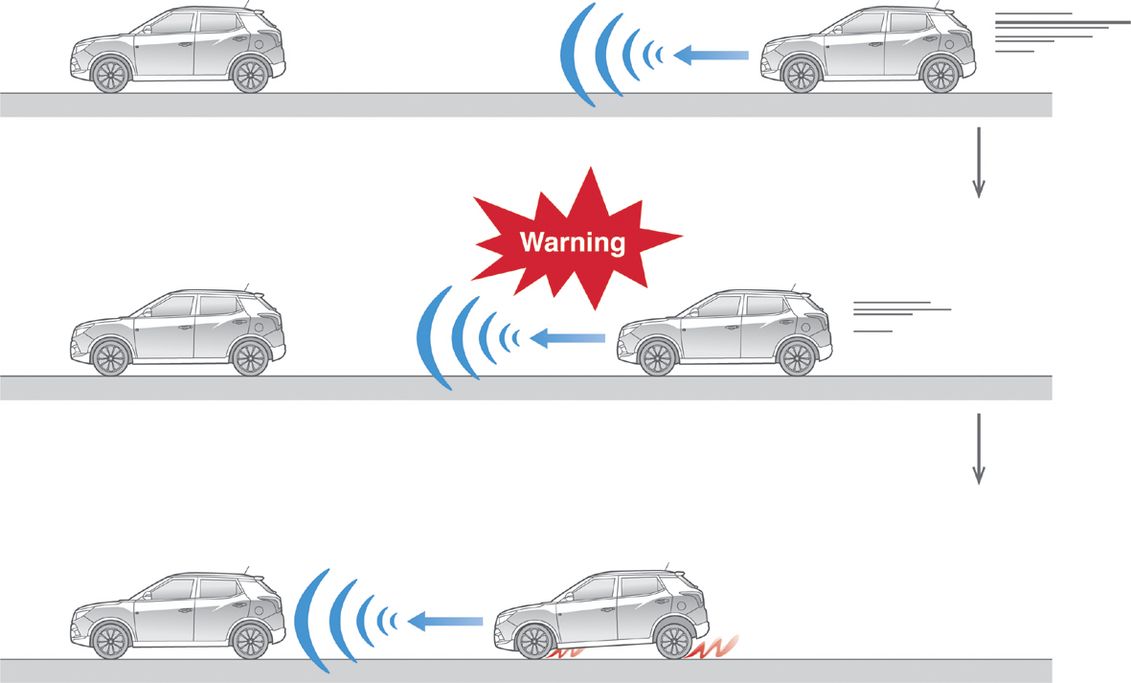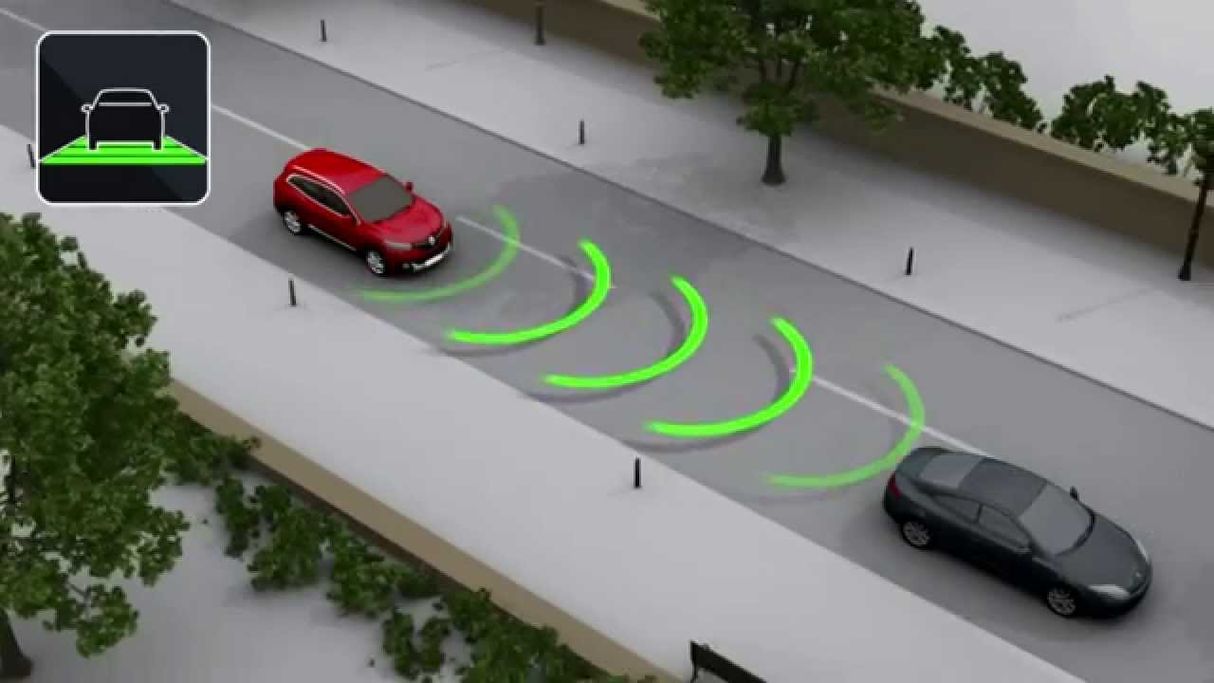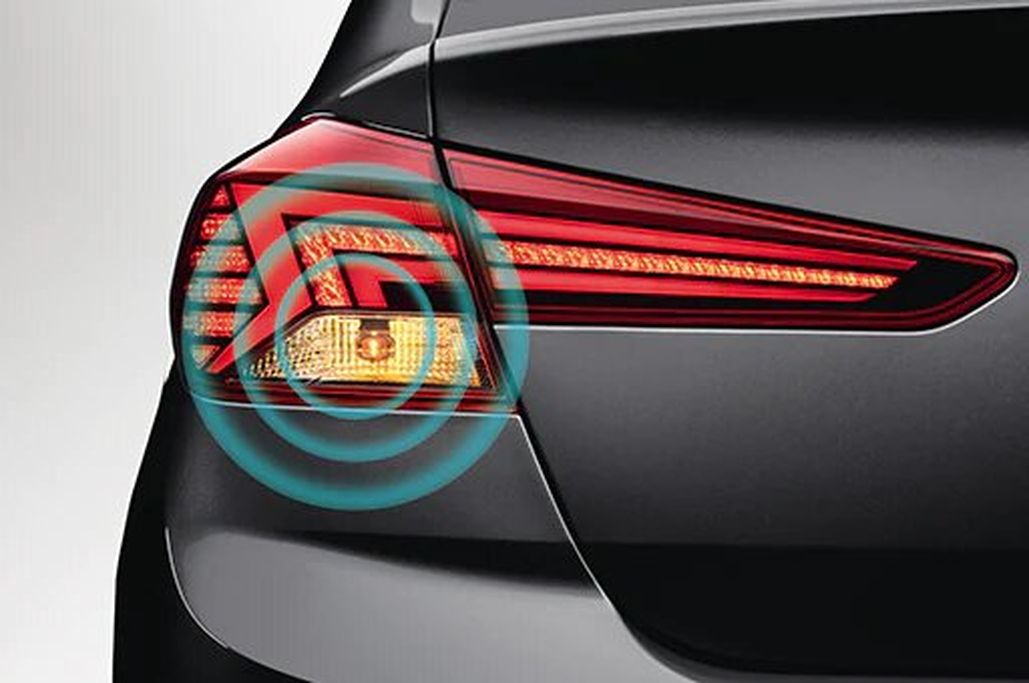ESS is designed to reduce the risk of accidents by warning the vehicles behind that the car is suddenly braking.
In active safety systems in cars, the emergency stop signal (ESS) system is an essential component. In most modern cars, this system is equipped to inform the surrounding vehicles about the emergency braking status of the car in front.
What is the emergency stop signal (ESS) system?
The emergency stop signal (ESS) system is one of the active safety systems in cars. This system has the function of emitting warnings to the surrounding people after detecting and considering possible situations. In addition, the system also assists the front driver in avoiding collisions with following vehicles during movement, especially in situations where unexpected collisions or abrupt curves may occur.
Rear-end collisions account for a significant number of road accidents worldwide. Therefore, the ESS (Emergency Stop Signal) warning lights are important and necessary equipment that helps transmit sudden braking signals to the vehicles behind, contributing to minimizing accidents.
Operating principle of the emergency stop signal (ESS) system
The sensors are responsible for notifying the status of the car to other parts. After receiving this notification signal, the central processing unit analyzes and determines whether the car is in an emergency braking situation or not.
If an emergency braking is detected, the system will transmit the information data to the signal components and issue warning signals through the turn signals, warning bells, and steering wheel vibration.
When the driver controls the car, the emergency stop signal system identifies the emergency braking signal and sends out signals with bright warning lights at a high frequency or continuous flickering, helping the surrounding vehicles recognize and adjust themselves, minimizing regrettable collisions.
The ESS emergency stop signal system cannot guarantee the elimination of all collisions from behind but only aims to reduce the risk of accidents or minimize the level of danger. Therefore, drivers should actively control the car at a safe distance and always pay attention to observe in order to have time to handle emergency braking cases.
Conditions for activating the emergency stop signal (ESS) system
The ESS emergency stop signal warning lights flash continuously at high speeds if the driver suddenly brakes when traveling at high speeds. The emergency stop signal will automatically activate if the vehicle speed exceeds 50 km/h, preventing collisions by warning the vehicles behind that the vehicle in front is braking suddenly. If the vehicle comes to a complete stop, the hazard lights will revert to normal flashing speed.
The ESS emergency stop signal lights will be disabled under certain conditions such as when the brake pedal is released or the driver presses the hazard warning switch.
TT (Tuoitrethudo)






























